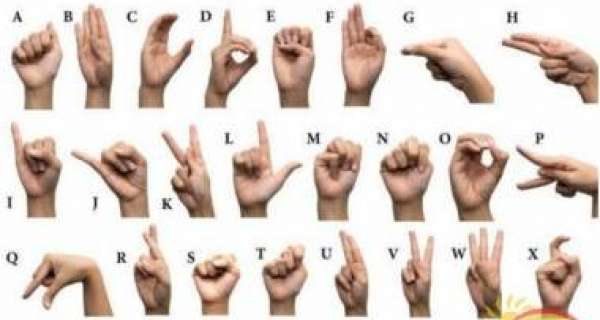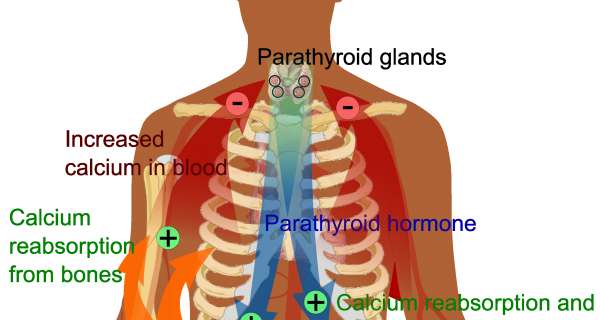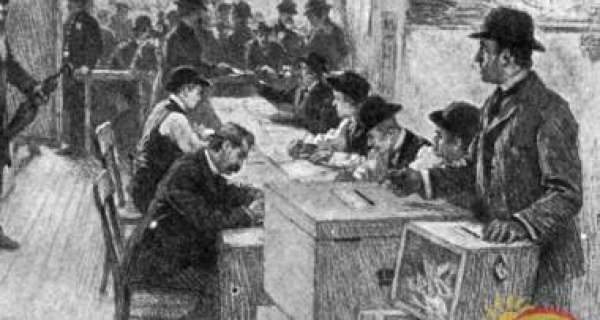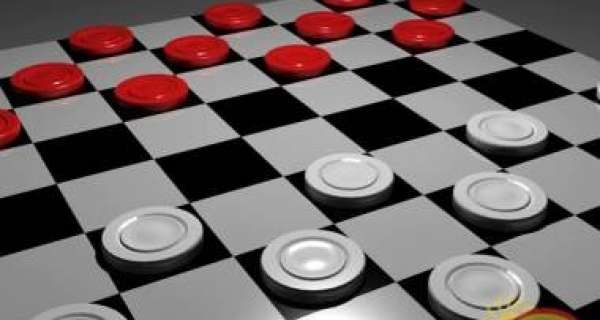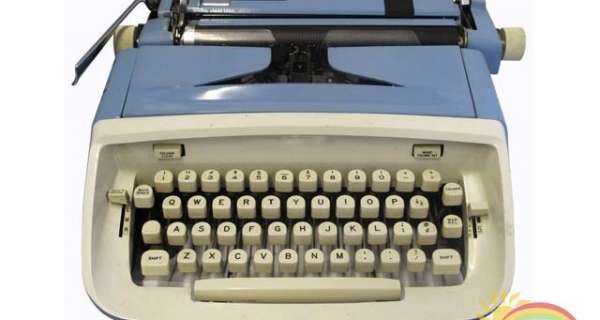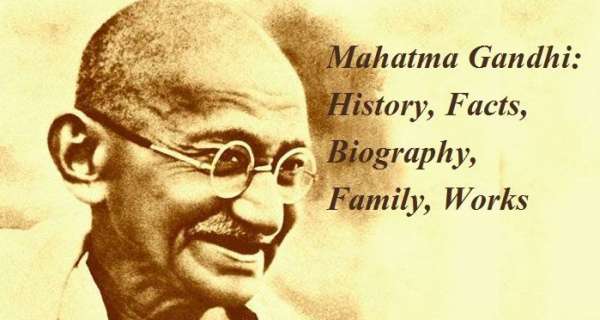Then an Italian doctor called Geronimo Cardano got the idea of teaching deaf-mutes through written characters. These would be combinations of symbols that would be associated with objects.
In the 18th century, a Frenchman, Charles de l'Epee, created a language of signs. This was a system of using conventional gestures of the hands and arms in such a way that they represented the thought that was to be conveyed. Meanwhile, in the 17th century, a finger alphabet was worked out which was similar to the one in use today.
Until about 85 years ago, this was the way deaf people were taught to communicate—signs, facial expressions, and the finger alphabet. In fact, some deaf-mutes could spell as many as 130 words a minute.
But many teachers of the deaf have begun to disapprove of the sign language and finger alphabets. They say it isolates deaf people by keeping them from communicating with persons who have normal hearing.
Nowadays the deaf and hard of hearing learn to interpret what is said by watching the lips of the speaker. They also learn to speak themselves by observing and feeling the lips and vocal organs of the teacher and then imitating the motions.
Who invented sign language for the deaf?
